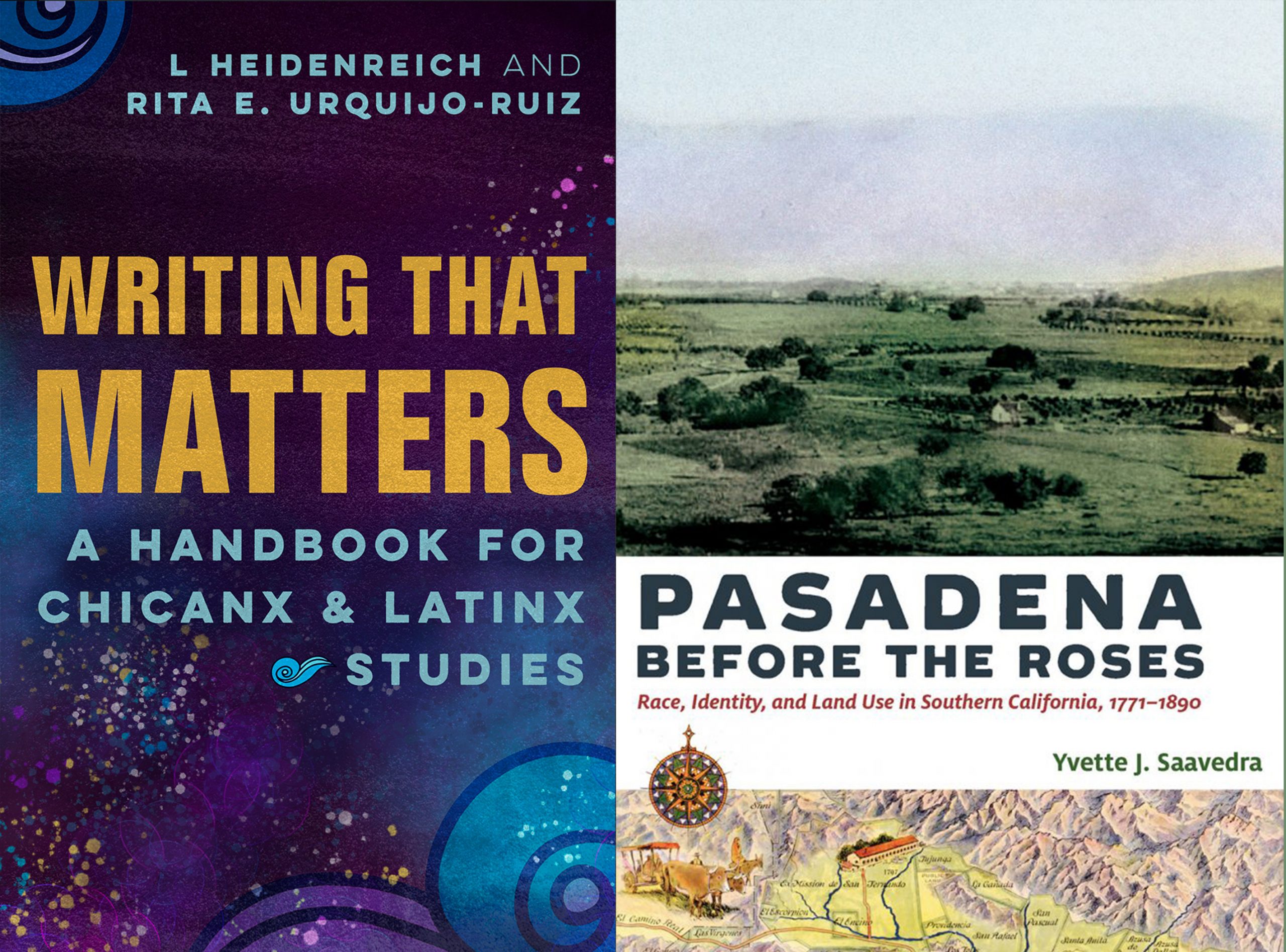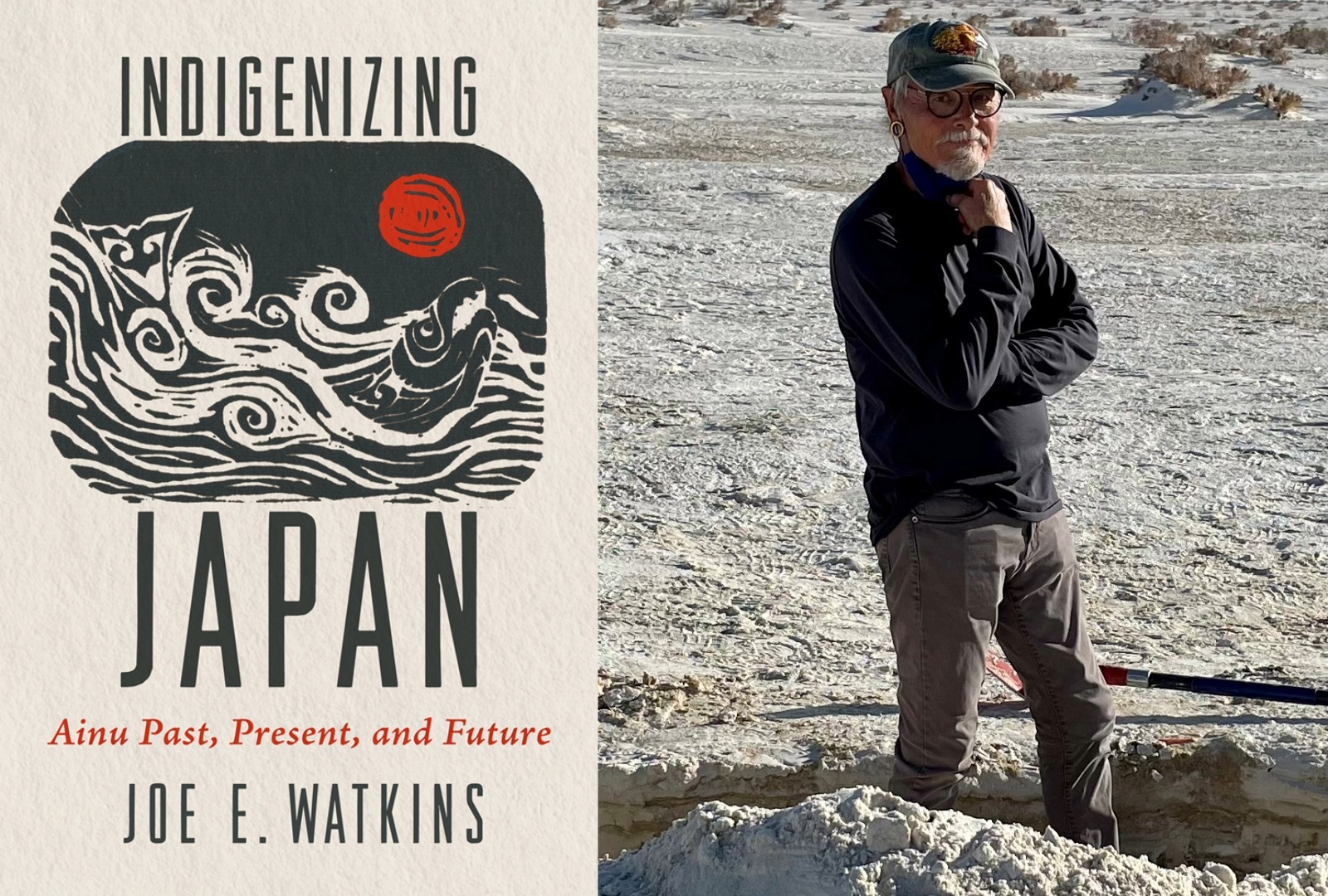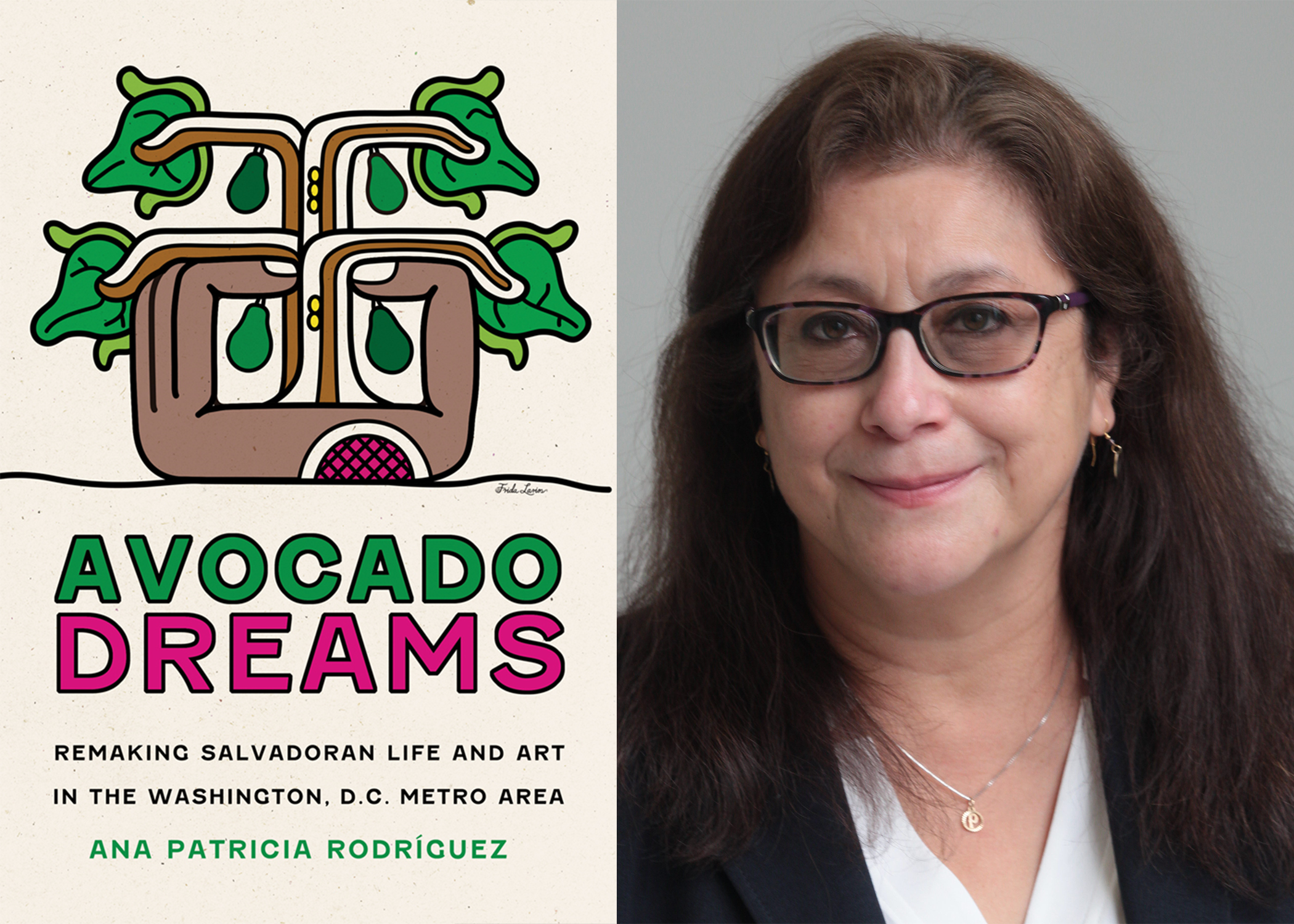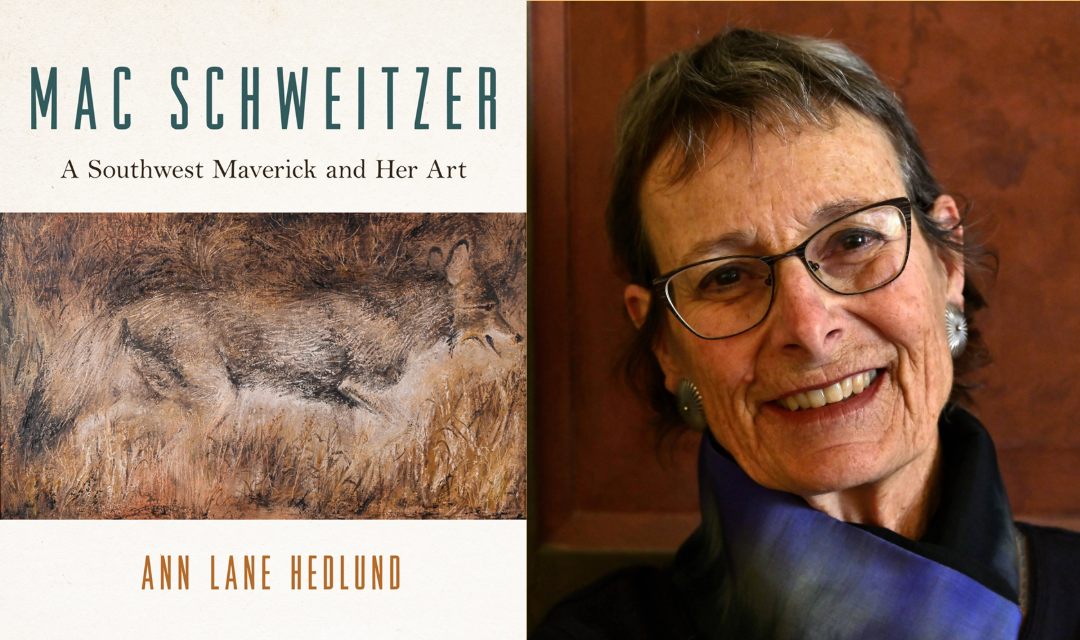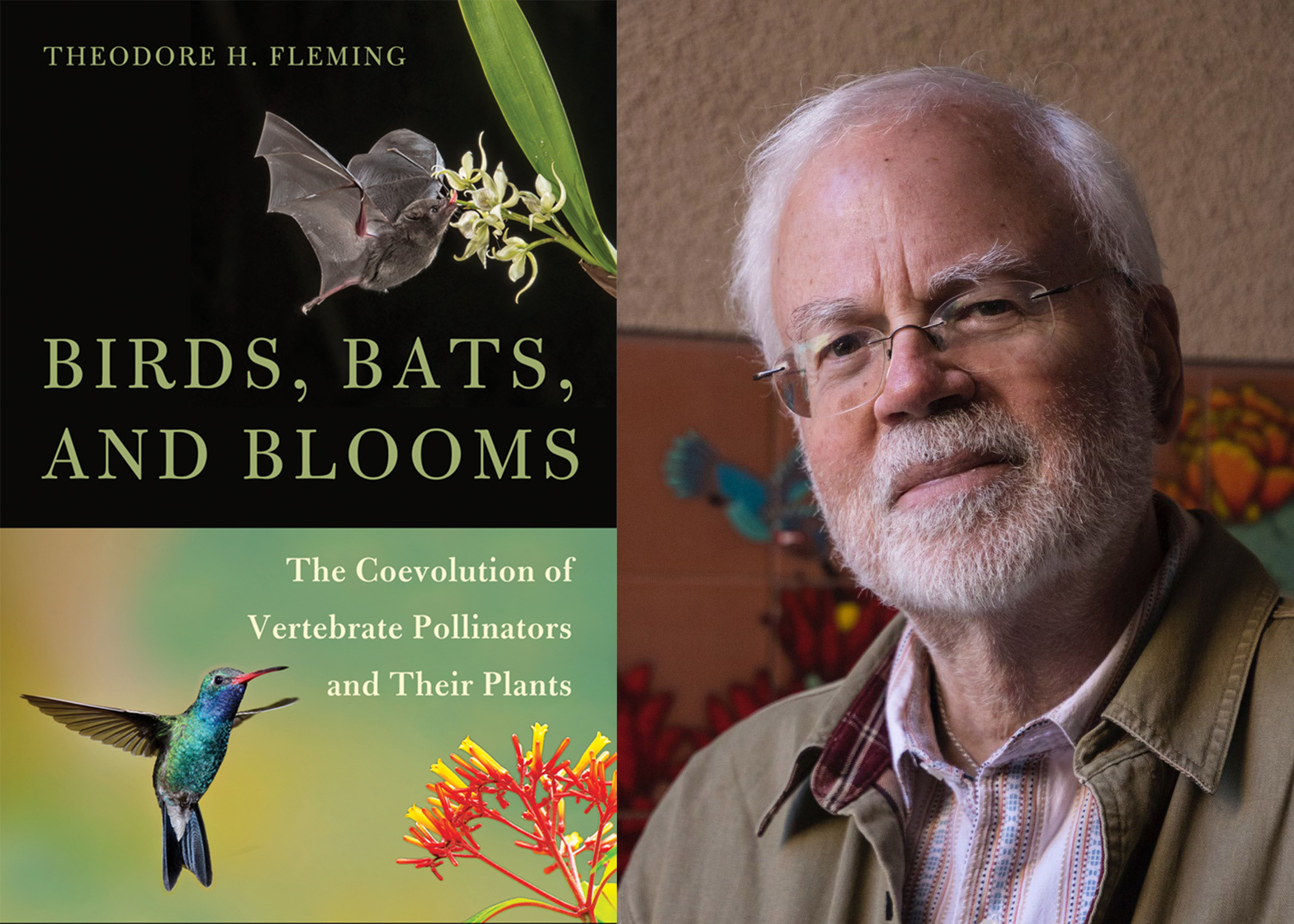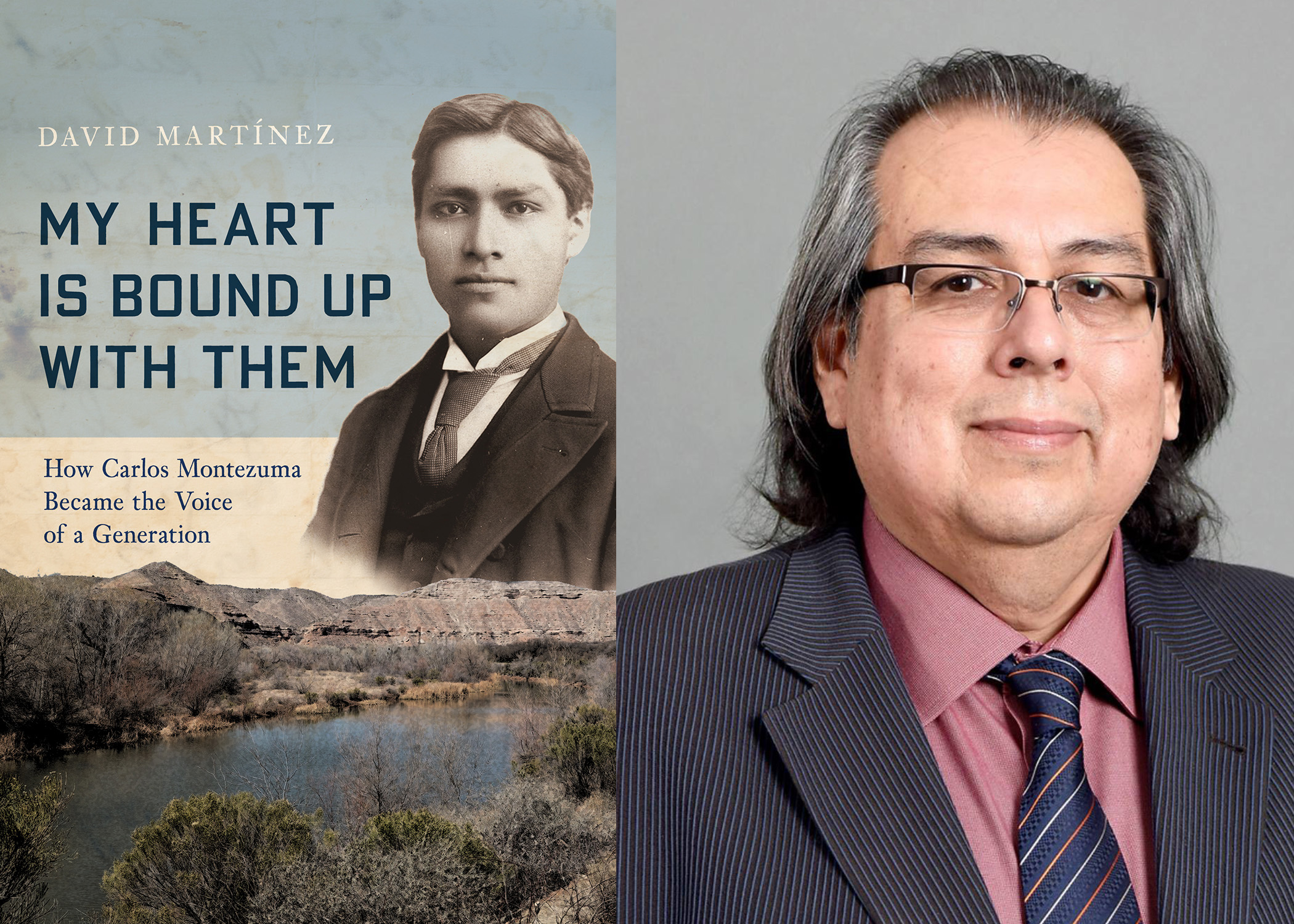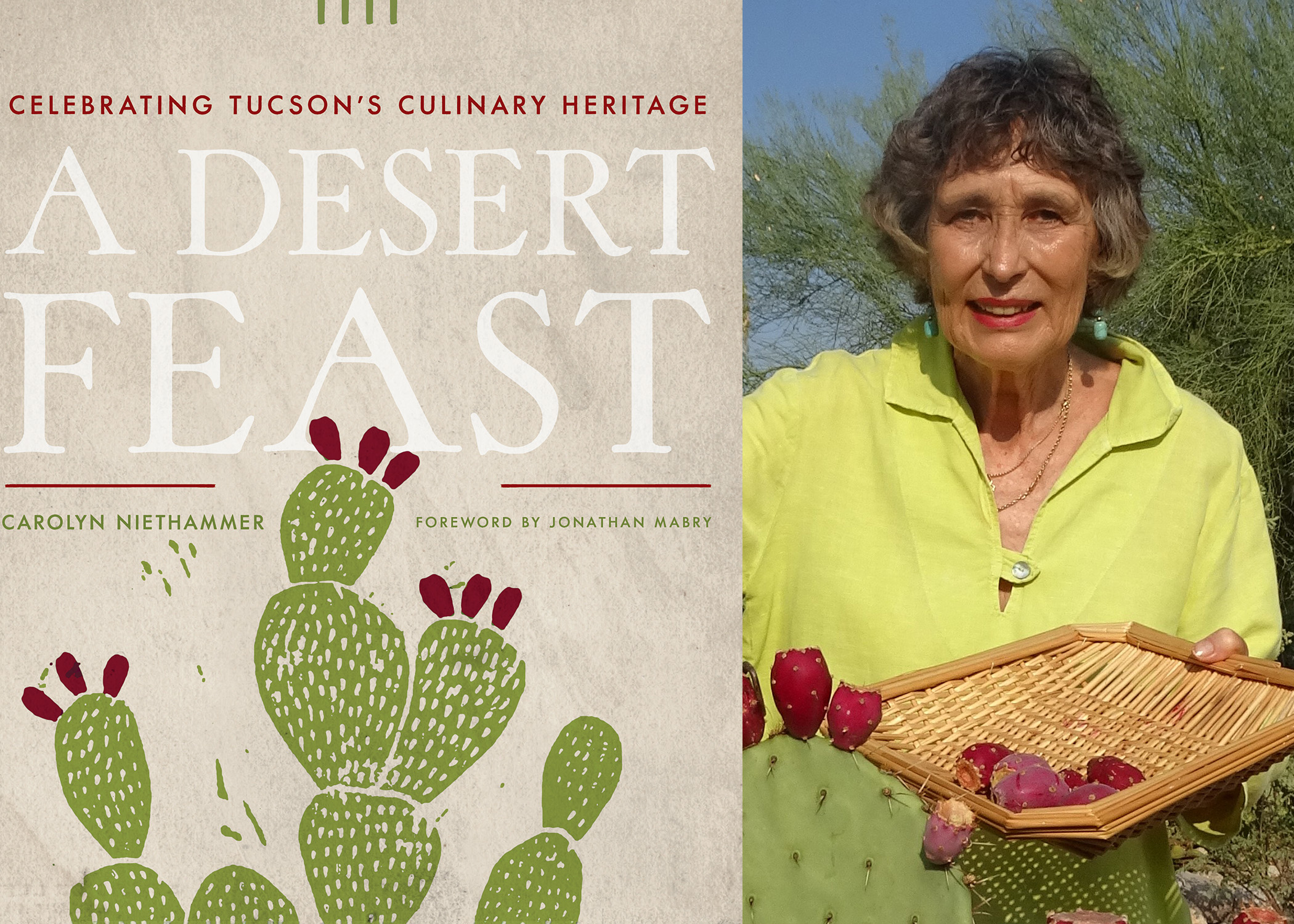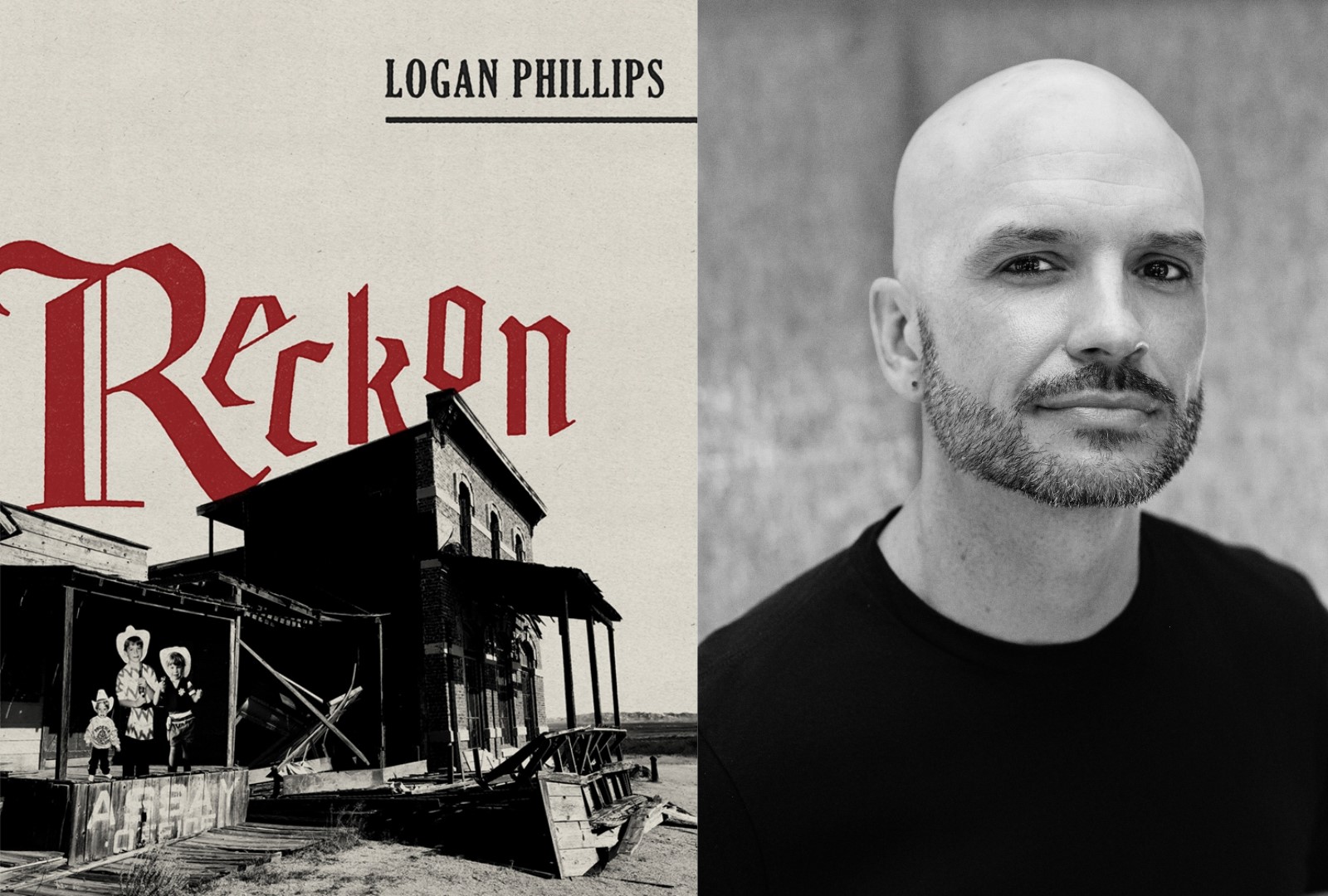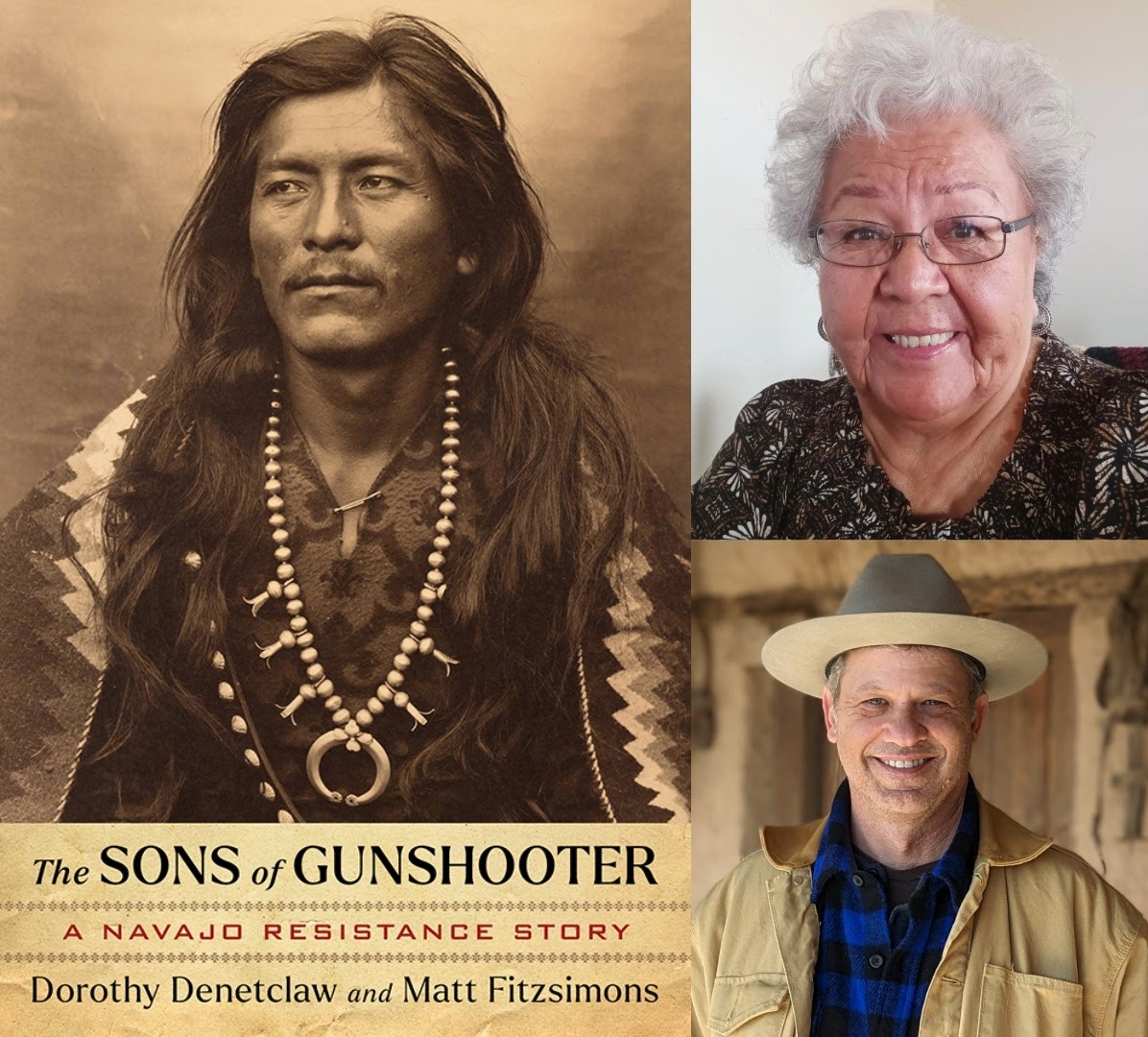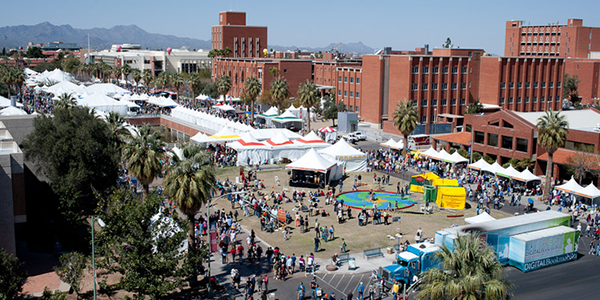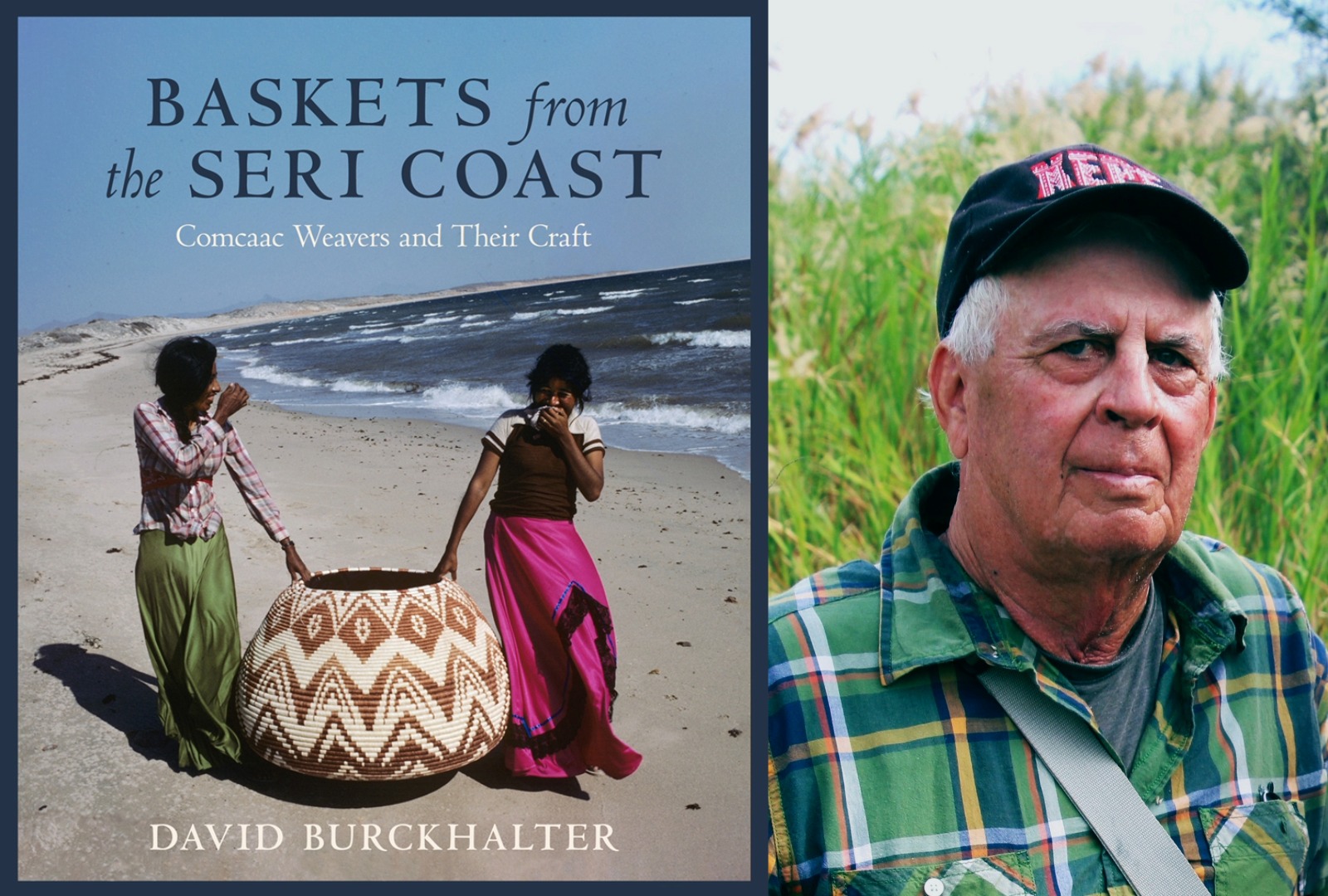Date: Saturday, March 2, 2024
Time: 1 – 9 pm, PST
Where: Hemmingson Auditorium, Gonzaga University, 702 Desmet Ave, Spokane, WA
L Heidenreich, co-author with Rita E. Urquijo-Ruiz of Writing That Matters, and Yvette Saavedra, author of Pasadena Before the Roses, will speak at a Gonzaga University symposium. “The Past, Present and Future of Chicano/a Studies: An Inland NW Summit in Honor of Dr. Deena González,” includes several sessions.
Symposium schedule:
1 p.m.: The Past of Chicano/a Studies: Reflections on the Origins of the Field
3 p.m.: The Present Chicano/a Studies: Students Making History
4:15 p.m.: The Future of Chicano/a Studies: Where Do We Go From Here?
7 p.m.: Davis Lecture, “The Women in My Life” given by Dr. Deena González
The symposium is free and open to the public. Livestream will be available at https://www.gonzaga.edu/streaming.
About Writing That Matters: A Handbook for Chicanx and Latinx Studies:
Have you ever wanted a writing and research manual that centered Chicanx and Latinx scholarship? Writing that Matters does just that.
While it includes a brief history of the roots of the fields of Chicanx literature and history, Writing that Matters emphasizes practice: how to research and write a Chicanx or Latinx history paper; how to research and write a Chicanx or Latinx literature or cultural studies essay; and how to conduct interviews, frame pláticas, and conduct oral histories. It also includes a brief chapter on nomenclature and a grammar guide.
About Pasadena Before the Roses:Race, Identity, and Land Use in Southern California, 1771–1890:
Incorporated in 1886 by midwestern settlers known as the Indiana Colony, the City of Pasadena has grown into a world-famous tourist destination recognized for the beauty of its Tournament of Roses Parade, the excitement of the annual Rose Bowl, and the charm of the Old Town District.
But what existed before the roses? Before it was Pasadena, this land was Hahamog’na, the ancestral lands of the Tongva people. Later, it comprised the heart of the San Gabriel Mission lands, and in the Mexican period, it became Rancho San Pascual. The 1771 Spanish conquest of this land set in motion several colonial processes that would continue into the twentieth century and beyond.
 The University of Arizona Press
The University of Arizona Press

